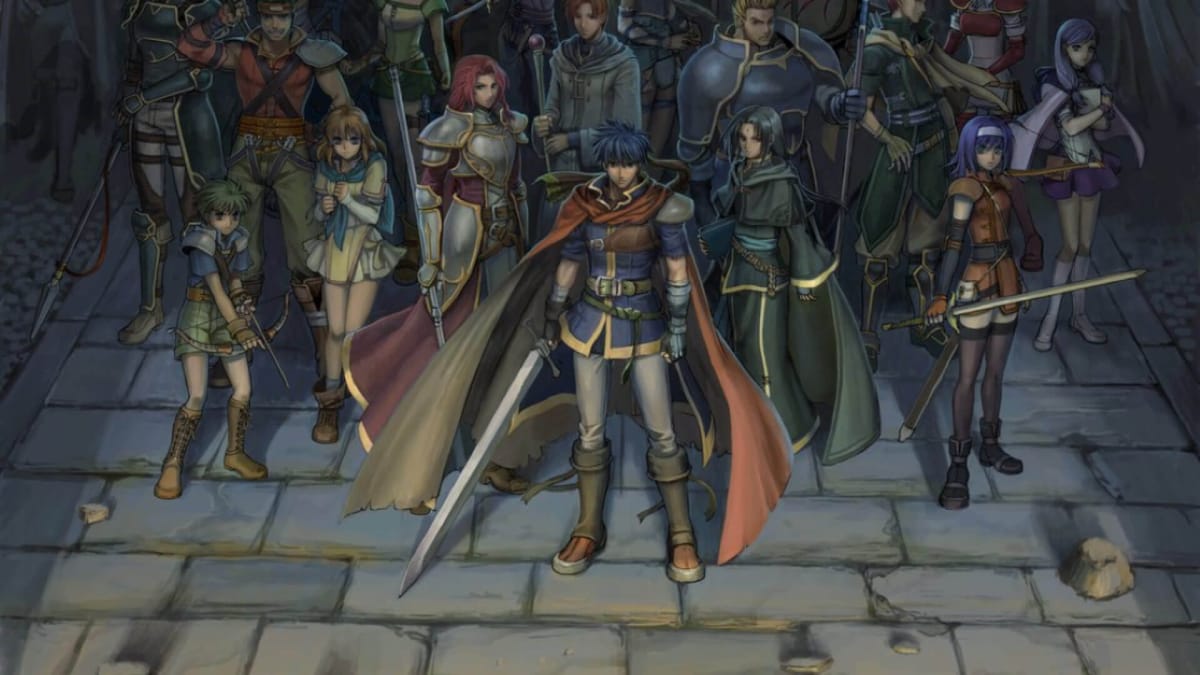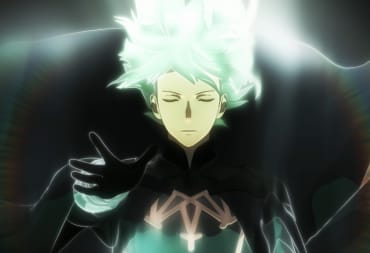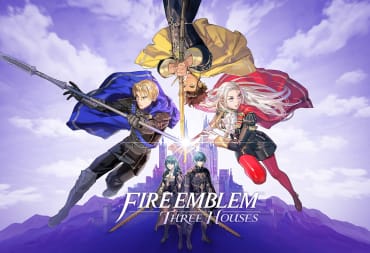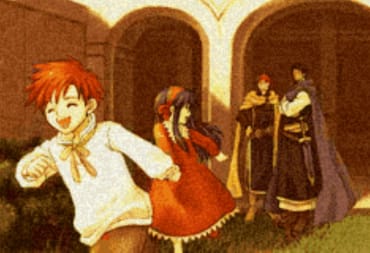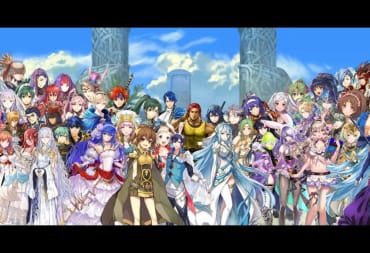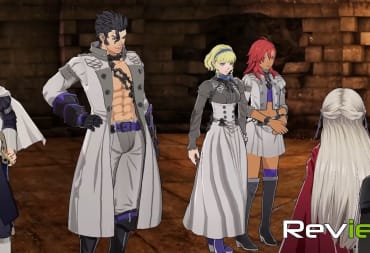Welcome to the third part of this four-part series on the history of Fire Emblem. With a half-dozen titles celebrating milestone anniversaries this spring, we at TechRaptor will elucidate on how the series has developed from its days on the Famicom. After two successful releases under their belt, Intelligent Systems began work on their next entry, a return to console gaming on the Nintendo GameCube.
This article includes a link to some spoilers for Radiant Dawn.
Fire Emblem: The Tellius Duology (2005-2007)
Once the GameCube was well-established, Fire Emblem: Path of Radiance emerged and brought the series into 3D in 2005. It introduced the Laguz, people with the ability to transform into beasts. Transforming characters appeared in other titles, but they were few and far between. This is where the skills system began to take shape, with teachable and innate perks for various specific units. Path of Radiance also introduced Ike, who became one of the most popular main characters in the series. Notably, he was a mercenary rather than a more traditional noble Lord character.
In addition to blue allied units, red enemy units, and green other units, sometimes yellow (ally) units appeared on the map. This previously appeared in Genealogy of the Holy War, but was a first for Western players. Skills became more complex, with some interesting niches for characters with innate skills. Falcon Knight Tanith allowed players to summon ally reinforcements twice per chapter. These could serve as distractions or extra muscle, which helped her stand out with some interesting tactical options. As a bonus utilizing the GBA Link Cable, one could connect their copies to Path of Radiance and unlock character art and Trial Maps for the GameCube game.
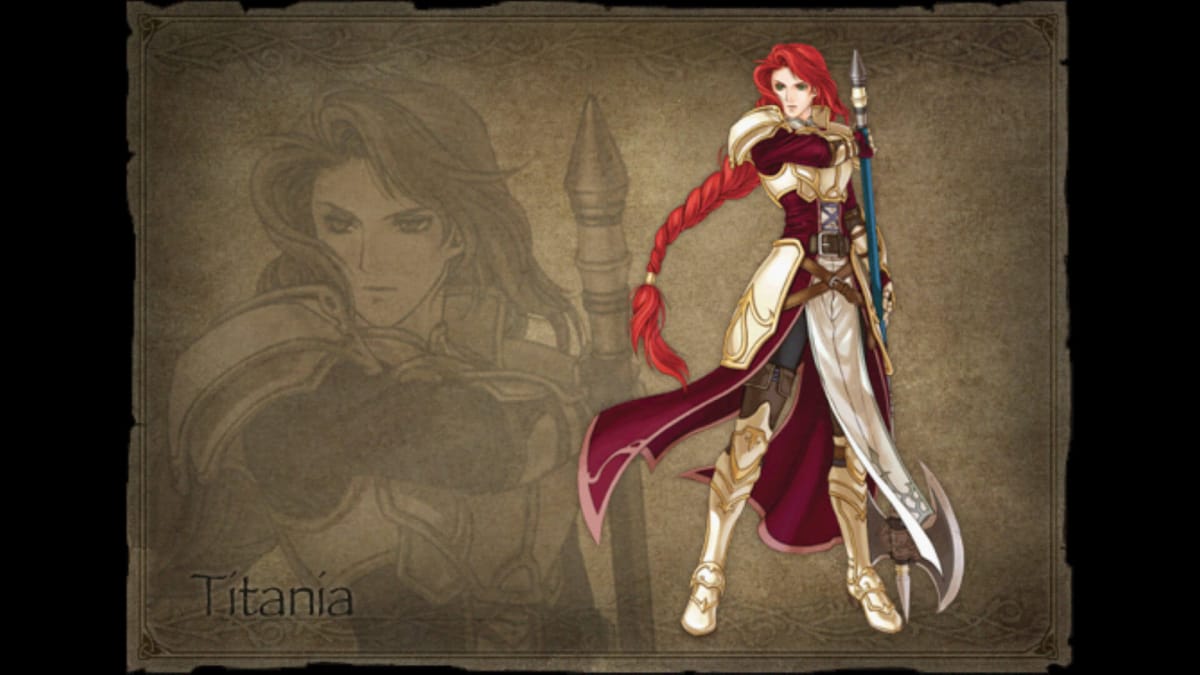
After a first playthrough, players could min-max stats to an absurd degree in Fixed Mode, but this was a complex affair and likely not worth the effort. The various Bands on second playthroughs adjusted growth rates for the unit in question, making them much easier to use.
Path of Radiance also brought in quite a few new interesting mechanics. If you wanted a great Iron Sword, the Forging mechanic also let you upgrade weapons once per chapter. Thieves now used Knives instead of Swords, but their low Might and poor Strength still discouraged them from engaging enemies. The Fire-Wind-Thunder Trinity of Magic from Genealogy of the Holy War made a reappearance, with Light magic existing outside of the trinity. You could grow your units out of battle using Bonus EXP, and they were automatically promoted upon hitting level 21 in a base class. Mounted units could attack and retreat using the remainder of their movement, a powerful strategic tool. The last, and probably most maligned mechanic, is Biorhythm. This picks up on a character's feelings, affecting their Hit and Avoid stats. While interesting in concept, it introduced an element of randomness that many found off-putting.
Ike (and most of the cast of Path of Radiance) returned in 2007 for Radiant Dawn on the Nintendo Wii. Set three years after the events of the previous game, it allowed players to import data from returning playable characters. Players split their time between various armies, including the Greil Mercenaries and the new Dawn Brigade. Eventually, the two major factions are pitted against each other in a war that threatens to engulf the continent!
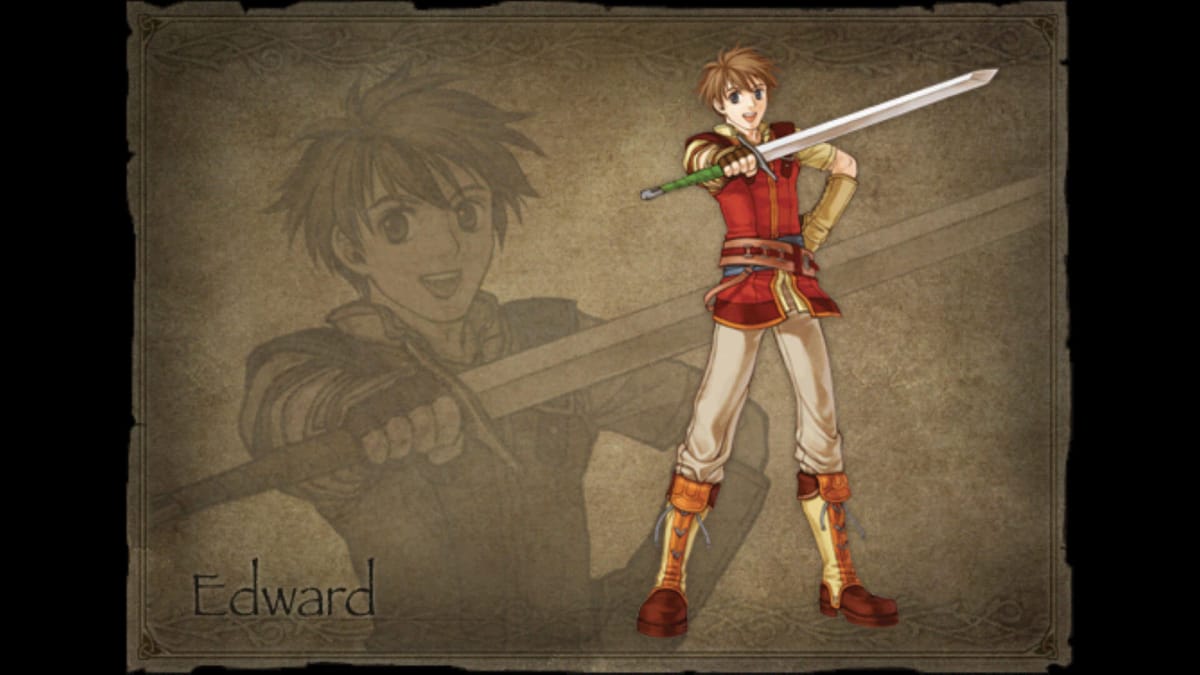
Radiant Dawn brought back Gaiden's third-tier units and refined the skill system even more, making it a core part of endgame strategy. Two Wolf Laguz appeared as playable units, serving as counterparts to the Cats and Tigers. One could transfer data from a completed Path of Radiance game to improve returning characters. Being on higher ground gave bonuses to accuracy, with the reverse true for lower terrain. Dark magic also returns, forming a second Trinity of Magic of Anima-Light-Dark along with the Fire-Wind-Thunder triangle within Anima magic. Knives and Laguz natural weapons (Strike) gained weapon ranks, with the latter becoming stronger with better ranks.
It wasn't a perfect entry, by any means. One of the major criticisms levied at Radiant Dawn is the fact that the Dawn Brigade, primarily composed of growth units, has little opportunity to actually grow and match their competition. The Greil Mercenaries easily snowball into a devastating army, making the clashes in Part 3 seem very one-sided. Unit availability is a big factor as well, making it difficult to form a cohesive army. Press also mentioned how difficult the gameplay was in many reviews despite an otherwise positive reception. Even today, it's notorious for its very long Enemy Phases where dozens of enemies move and attack at a time. Lastly, the Support Conversations were truncated into short, impersonal conversations in exchange for any unit being able to support any other.
There was another turning point in the series that happened quietly behind the scenes. Radiant Dawn also began introducing explicitly and canonically queer units. Today, we might look upon this as lackluster representation, as the characters are minor and confined to comedic roles. Heather, a lesbian, openly flirts with fan-favorite Nephenee and fleeces womanizer Gatrie. Kyza, a tiger Laguz, was considered effeminate and flamboyant in the Japanese release, readable as a joke at the expense of gay and trans people. As of Fire Emblem Heroes, though, Kyza is referred to with they/them pronouns and harbors a crush on Ranulf, their superior officer. It’s suggested Ranulf has reciprocated, making Kyza a retroactive form of Assigned Male At Birth non-binary representation. Ike himself had a potential implied paired ending with Ranulf and Soren. his prior crush on Queen Elincia noticeably downplayed from Path of Radiance. This fueled discourse on Ike's sexuality for years, even as Awakening tried to cut the branches and introduced Priam, his descendant. When the series returned from its time overseas, Fire Emblem began introducing new queer characters or confirming older ones.
Fire Emblem: The Nintendo DS Era (2008-2010)
Following the Tellius duology, Intelligent Systems began remaking some of the oldest games in the series. Fire Emblem: Shadow Dragon was a remaster of the first game on the Famicom. It brought in some series staples, such as the Weapon Triangle, and left others out. Shadow Dragon rolled all of the magic into one generic weapon type. Supports existed but conversations were absent, giving a lot of the cast an empty feel to them. Despite the retroactive promotions available to many units, Marth was still stuck in his base class, albeit with a higher level cap. The ability for most characters to reclass helped break some otherwise poor units out of their shells, but just as many stayed inferior regardless of their options.
Access to an online shop via the Nintendo Wi-Fi Connection allowed players to engage in duels and even buy items well before they would be available in the main campaign. It was far more interactive than the rather clumsy Link Arena setup in the Game Boy Advance series. These duels reappeared in Fire Emblem Fates. This PvP and sequence-breaking feature was lost when Nintendo WFC shut down several years later in May 2014.
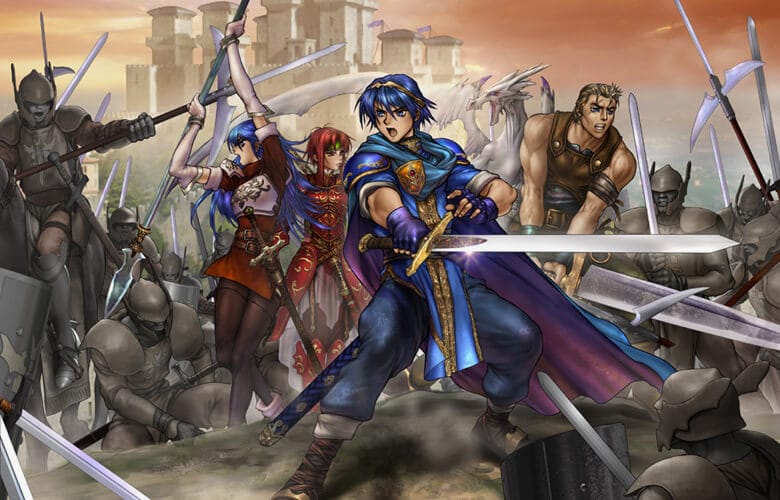
The lack of other series mainstays may have been the reason behind the lackluster reception of the Nintendo DS remaster. It was the first Fire Emblem game released out of Japan that didn’t feature the Support conversation system or paired endings. When two units achieved the highest rank in other games, they would sometimes have a special paired ending. Most of the time these paired endings resulted in marriage, giving the various characters a built-in shipping mechanic. Shadow Dragon also occasionally encouraged the killing off of units to recruit new ones on alternate maps. This practice is considered almost taboo among players, and the game would even punish you if you overdid it. If you didn’t even have enough units left to fill the deployment roster, it would provide generic soldiers with poor stats and mocking names in the English localization.
The sales of Shadow Dragon were fine, if rather mediocre. The Game Data Library indicates just over 250,000 sales in Japan as of September 2021, which simply wasn't enough to overcome the slump from the Tellius series (about 156,000 and 172,000 in Japan each, less than the international GBA titles which each boasted over 250,000 copies in Japan alone). VGChartz estimates the global sales at 524,000 as of March 2013. This merely reflected the steady downward trend from Mystery of the Emblem, which, funnily enough, was where the company headed to next.
After Shadow Dragon came New Mystery of the Emblem: Heroes of Light and Shadow, a remake of Book 2 of Mystery of the Emblem. This version introduced a personal unit (Kris by default) who serves in Marth’s army. Kris can be customized with a number of hair colors, hairstyles, and faces. They could build supports with any other unit and could select from a variety of classes based on their gender. While they serve as the protagonist of the prologue, once the main game begins they slip into the role of a deuteragonist. New Mystery of the Emblem played much like Shadow Dragon, using a similar art direction and many of the same characters. It also had a "Casual Mode" where fallen units would be available in the next chapter instead of permanently dying. The last major new feature was the "unit barracks," where the player could receive items from their units.
New Mystery of the Emblem was the first Japan exclusive since The Binding Blade. It was a remake of a well-liked and popular title in Japan, pulling in about the same numbers as Shadow Dragon's Japanese sales. The lack of international versions may have saved localization and marketing costs, but it also prevented the possibility of a breakout hit like Blazing Blade. Intelligent Systems was treading water for now, but they needed to hit it out of the park with their next game.
As many know, Intelligent Systems did indeed knock it out of the park, and their fortunes changed with the 3DS, Nintendo’s newest handheld. An entry that, in fact, is celebrating its 10th birthday this April. Learn more about the massive boom in Fire Emblem’s popularity with the fourth part of this four-part series! And we hope you didn't miss Part 1 or Part 2!
Have a tip, or want to point out something we missed? Leave a Comment or e-mail us at tips@techraptor.net
